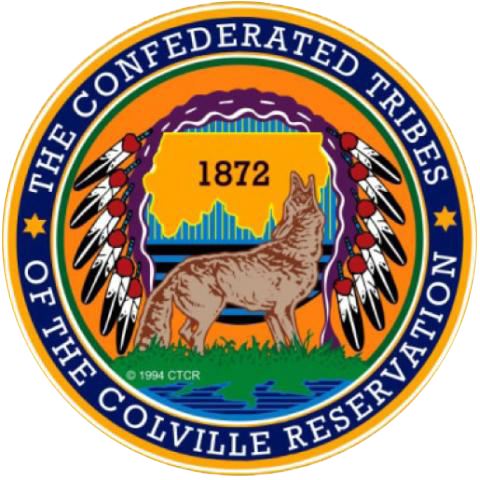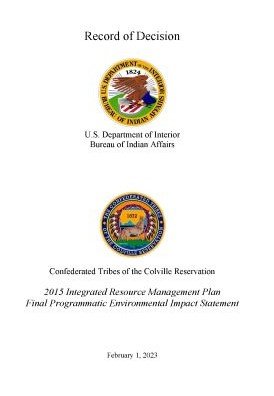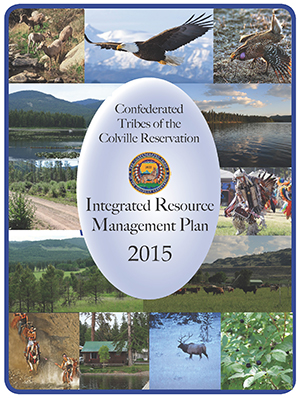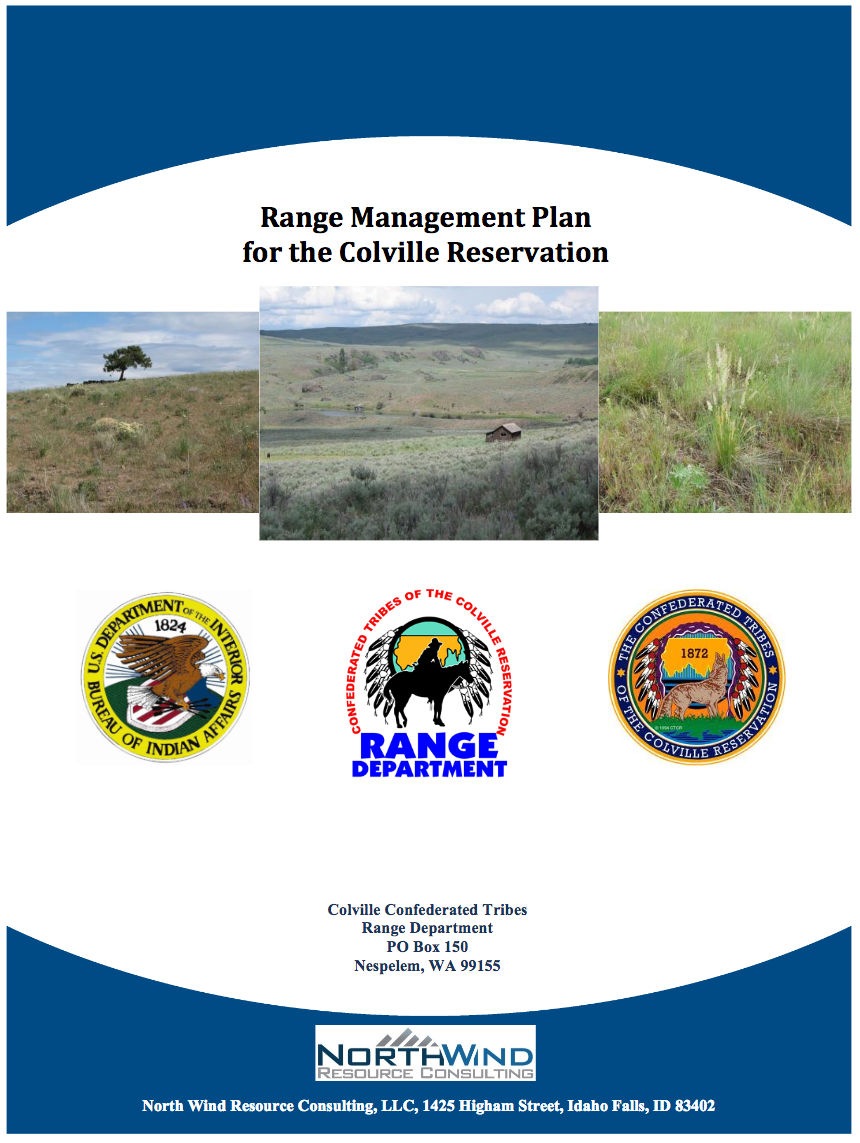Integrated Resource Management Plan (IRMP)
509-722-7656
An Integrated Resource Management Plan is defined as a tribe’s strategic plan for the comprehensive management of a reservation’s resources. The process by which IRMPs are developed is a mechanism for the examination of the relationships among natural resources and their various uses, economic trends, cultural needs, and social forces. The ultimate goal of an IRMP is to create a balance within natural resource management actions that reflects the social, cultural, economic, and natural resource values of reservation residents.
Integrated resource management is an approach to reservation resource management that takes a whole system approach, viewing all resources (natural, social, cultural, and economic) as being interrelated in such a manner that management actions directed at one resource also affect others. As such, the integrated resource management approach accommodates the management of natural resources that involve multiple, and sometimes, conflicting uses. In developing the IRMP, the goal of the planning effort was to provide a plan that balances multiple uses in a way that ensures the long-term sustainability of all the natural resources that are important to the tribes of the Colville Reservation.
Integrated Resource Management Plan
The IRMP is the Tribes’ plan for the management of natural resources on the Reservation. It provides goals and objectives that guide multiple uses of the Reservation forest, rangeland and water resources. These include tribal enterprises that generate revenue for the Tribes, habitat for fish and wildlife, and traditional cultural activities. You can view and save a copy of the IRMP by clicking on the link below:
The IRMP integrates numerous underlying resource-specific plans prepared by the natural resource departments and programs. These plans provide additional details and technical information used by resource managers in the course of managing the Reservation's natural and cultural resources. These plans can be viewed and saved to your computer by clicking on the following links.
The Final Programmatic Environmental Impact Statement (FEIS)
The Tribes' forest products industry, livestock grazing, and agriculture have the potential to impact the natural and human environments of the Reservation. The Final Environmental Impact Statement (FEIS) analyzes the potential impacts associated with these activities.
The FEIS considers five management alternatives developed by the Tribes' IRMP Core Team. The interdisciplinary team developed these management alternatives for consideration and analysis and designated a preferred alternative that is detailed in the IRMP. The public is invited to review and comment on the FEIS. You can view and save a copy of the complete FEIS by clicking on the links beside
Final Programmatic Environmental Impact Statement (FEIS) PDF
Public Scoping Meetings 2016
Under the requirements of the National Environmental Policy Act (NEPA), the Tribes held scoping meetings to determine the scope of issues to be addressed in a Programmatic Environmental Impact Statement (EIS) for the IRMP. This is a public process intended to obtain the views of the public, relevant agencies and the Tribes’ resource managers.
Public scoping meetings were held in October 2015 at community centers in Inchelium, Keller, Nespelem and Omak. The IRMP team provided a slide presentation summarizing the contents of the IRMP and solicited comments and suggestions for the Programmatic EIS from the participants.
The results of the meetings are summarized in the Scoping Meetings Report that includes the slide presentation. The document can be viewed and saved by clicking the link below:
The 2014 Colville Reservation Community Survey
As part of the IRMP planning process, the Tribes conducted a Community Survey of tribal members, non-member residents of the Reservation and employees of the Tribes and the BIA Agency.
The survey results played an important role in developing goals and objectives for the management of the natural resources of the Reservation. The results reveal the ways that community members use natural resources such as firewood and plant gathering, hunting and fishing and recreational activities along the lakes, streams and rivers of the Reservation. The results also reveal community perceptions of the Tribes’ management of forest and range resources and the benefits that accrue to the Tribes as a whole and to the larger community, as well as the flora and fauna of the Reservation
You can view and save a copy of the report by clicking the link below:
Additional Management Plans
Wetlands Program Plan Link to PDF













